10 Unique Movie Theatres Around the World
By Hester UnderhillWith every generation comes paranoia that new cultural mediums will obliterate what came before. The arrival of wireless sets into households saw commentators grumble that people would stop reading books. When home television sets arrived, there was widespread worry that it spelled the end of radio. All that is to say that, while the way we consume culture changes, old models don’t necessarily die out; they adapt. Cinemas are an interesting study in this regard. While it is undeniable that movie theatres around the world are shuttering faster than ever, those that are truly outstanding continue to flourish — with many leaning into their role as valuable community-gathering spaces.
At Cinemagoer, we’re celebrating these institutions. The site was launched earlier this year by myself, Athens-based journalist Hester Underhill, and Creative Director Beth Wilkinson, founder and editor of Melbourne’s Lindsay magazine. Our aim is to champion our favourite movie theatres by creating an online archive of cinema profiles alongside interviews with industry-leading talent, discussing their favourite films and most memorable big screen experiences. For Something Curated, we’ve put together a selection of some of the world’s finest theatres to inspire your next trip to the cinema.
Sun Theatre, Melbourne
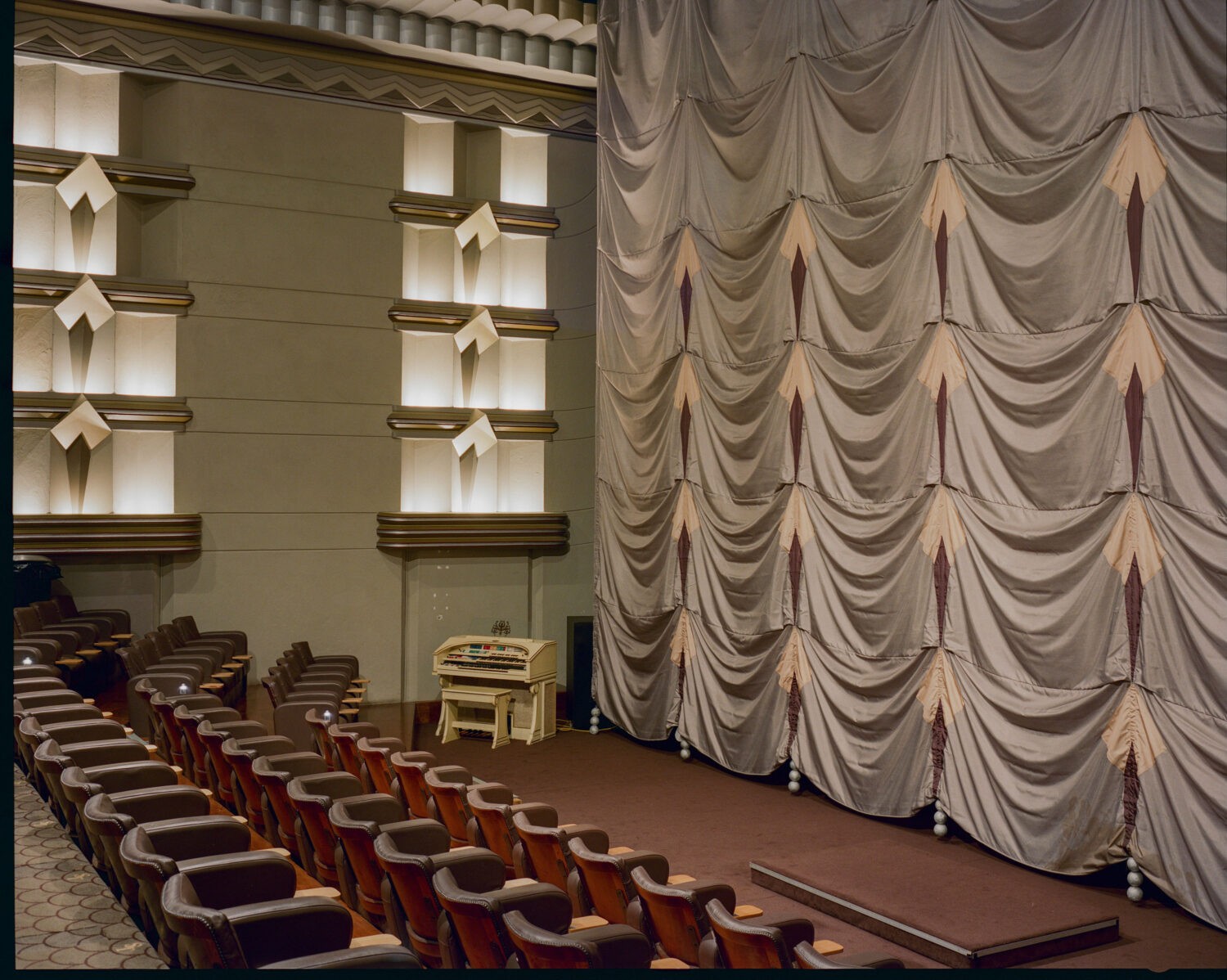
Art Deco marvel the Sun Theatre opened its doors in 1938. The no-expenses-spared build came complete with a luxurious 1050-seater screening room with crushed-velour curtains and multi-coloured footlights. But like cinemas across Australia, The Sun’s fortunes faded with the rise of home television sets and it shuttered in 1982. It was left to crumble until 1995, when it was bought by entrepreneur Michael Smith who invested some $1.5 million in fixing it up. Original features were restored and the large auditorium converted into four separate screening rooms. Today, the largest screening room is The Grand, which features an Art Deco patterned curtain, monogrammed carpets and the cinema’s original Wurlitzer organ.
Cinema Galleggiante, Venice

Edoardo Aruta and Paolo Rosso had been trying for several years to get permission to install a pop-up floating cinema on the Venetian lagoon before they were finally granted a permit. It was 2020 and the Covid pandemic had forced cinemas around the city to close, meaning the city council no longer considered Cinema Galleggiante just an eccentric experiment but a sensible way of providing open-air screenings, in line with social distancing restrictions. Every summer since, Aruta and Rosso, through their cultural organisation Microclima, have been putting together a programme of screenings that go beyond just feature films to include live music, talks and screenings of documentary shorts and video art.
Ciné-Théâtre Lutetia, Casablanca
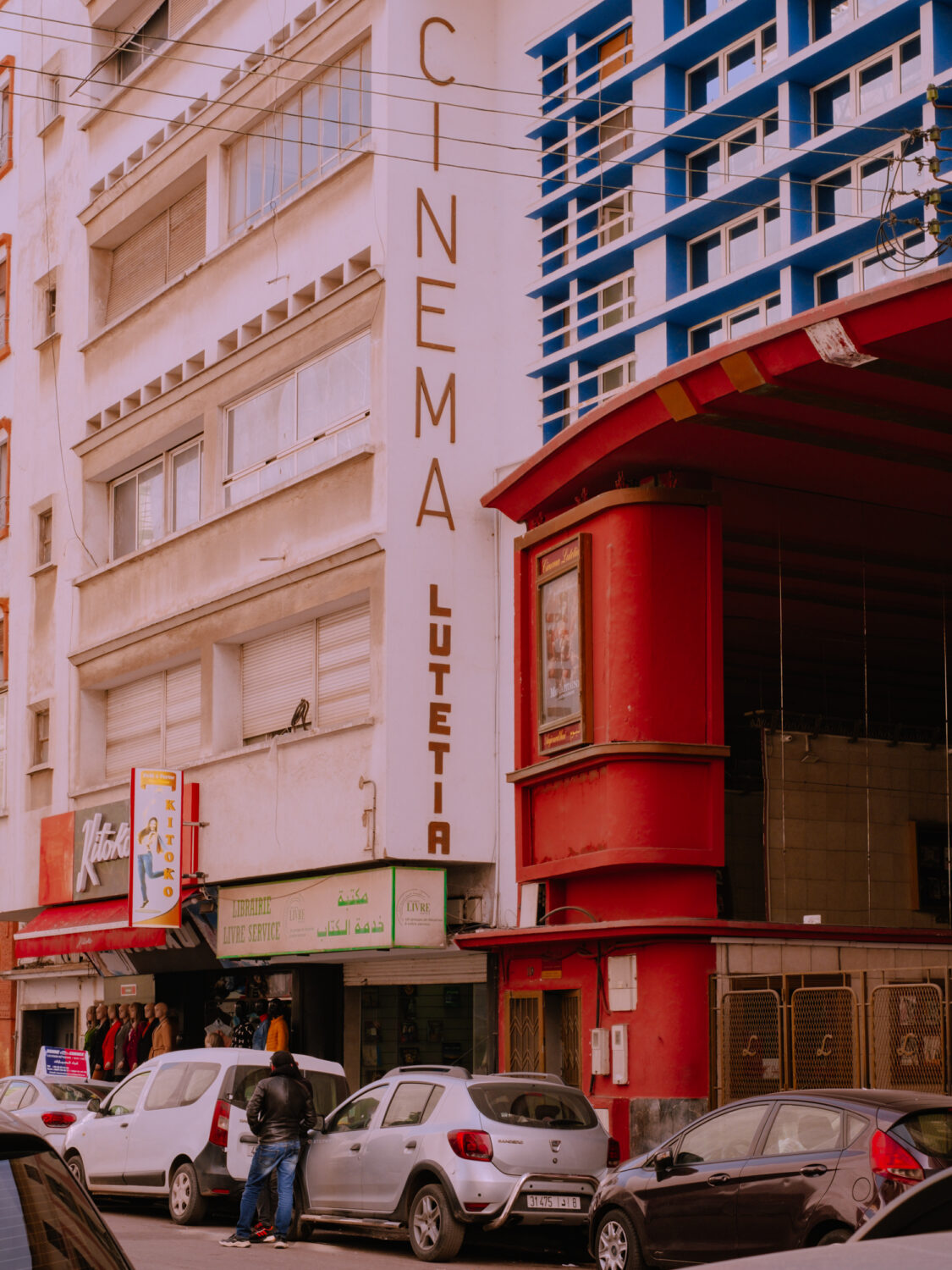
After opening in 1953, Ciné-théâtre Lutetia remained at the heart of Morocco’s cinematic landscape for decades. The North African nation firmly embraced the culture of cinema-going and by 1980 there were 240 movie theatres across the country. Fast forward to 2018, however, and only 28 were still standing. Ciné-théâtre Lutetia was hanging on by a thread, but father-daughter duo Lamia and Karim Bengelloun couldn’t bear to shutter the cinema that’s remained in their family’s hands for some 70 years. After managing to secure funding from the Centre Cinématographie Marocain, they updated and elegantly restored the space, winning back its position as one of the city’s most popular entertainment venues.
Cine Lila, Athens
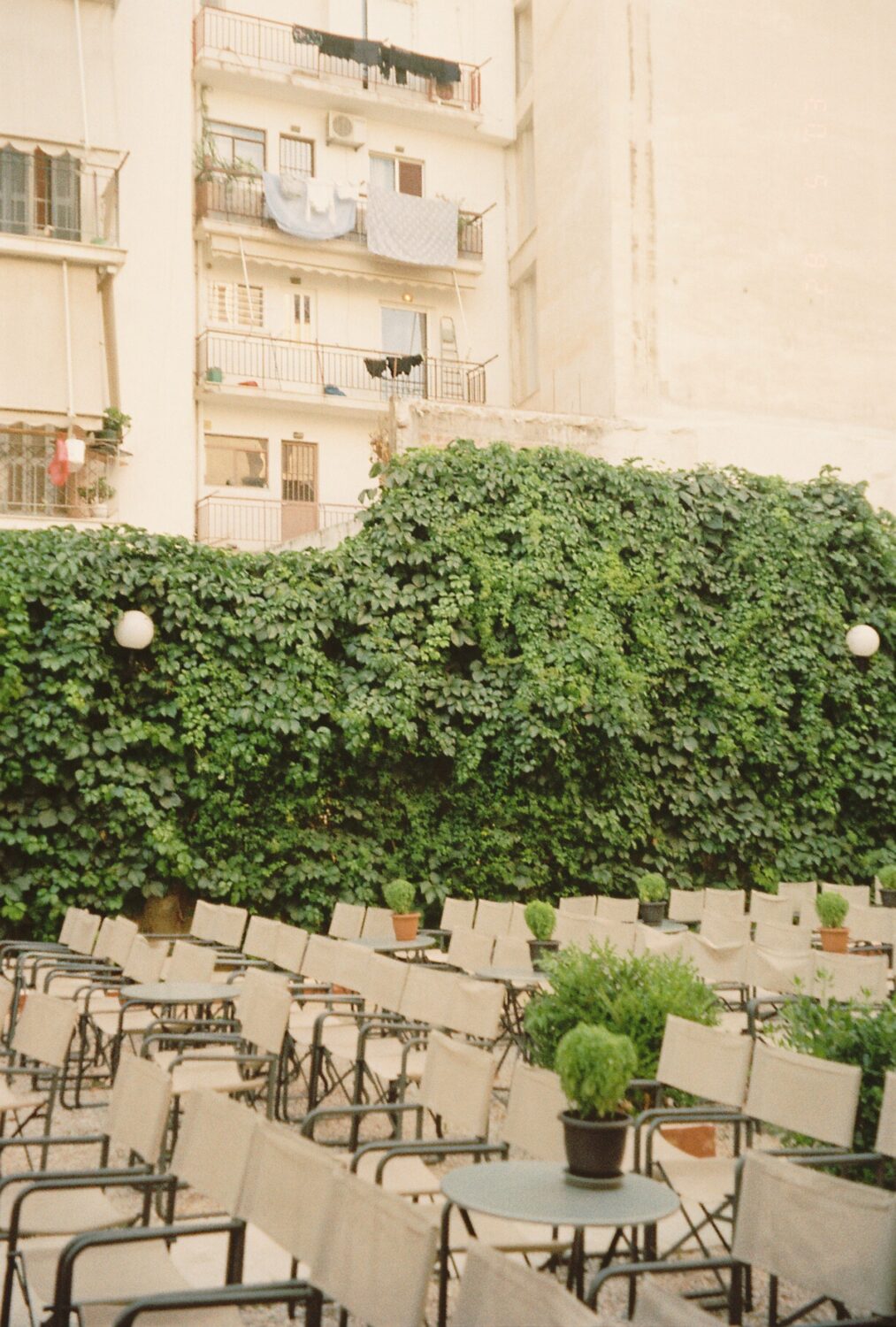
In Athens, open air cinemas are a cultural cornerstone. There are some 65 dotted around the Greek capital, most built during the city’s mid-century heyday. Among the finest is Cine Lila in the northern neighbourhood of Ano Patisia, which has been providing residents with the latest big screen releases for more than fifty years. Its distinctive neon sign still shines bright on the facade, a thick red velvet curtain hangs around the entrance and a dense tangle of ivy covers the walls. It’s owned by septuagenarian husband-and-wife duo Kostas and Eythalia Lymperopoulou. Kostas can be found most nights serving popcorn at the bar while Eythalia mans the ticket booth.
Cine Doré, Madrid
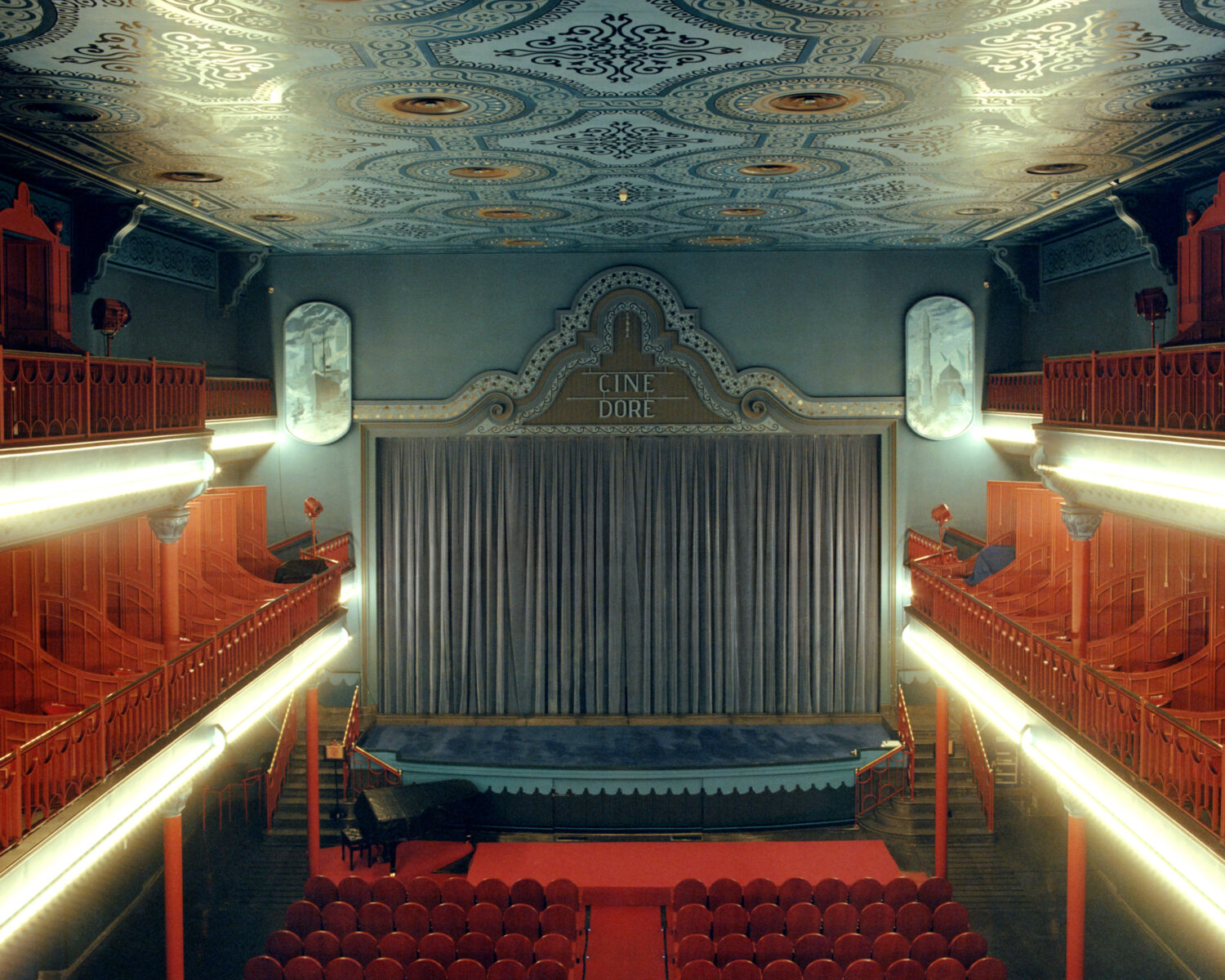
Fans of Pedro Almodóvar might recognise Cine Doré. The Madrid-born filmmaker has long been a loyal patron of the cinema, holding screenings there and even shooting scenes for several of his movies within the space. Like an Almodóvar film, the cinema itself is colourful, lively and full of Spanish flavour. Since 1989, it’s been run by the Filmoteca Española, an official project of the Ministry of Culture that’s tasked with preserving the country’s cinematic heritage. Their programming puts particular emphasis on celebrating Spanish cinema, but visitors can also catch an international array of blockbusters and cult classics — all screened in their original language for just €3 a ticket.
Cape Cinema, Cape Cod
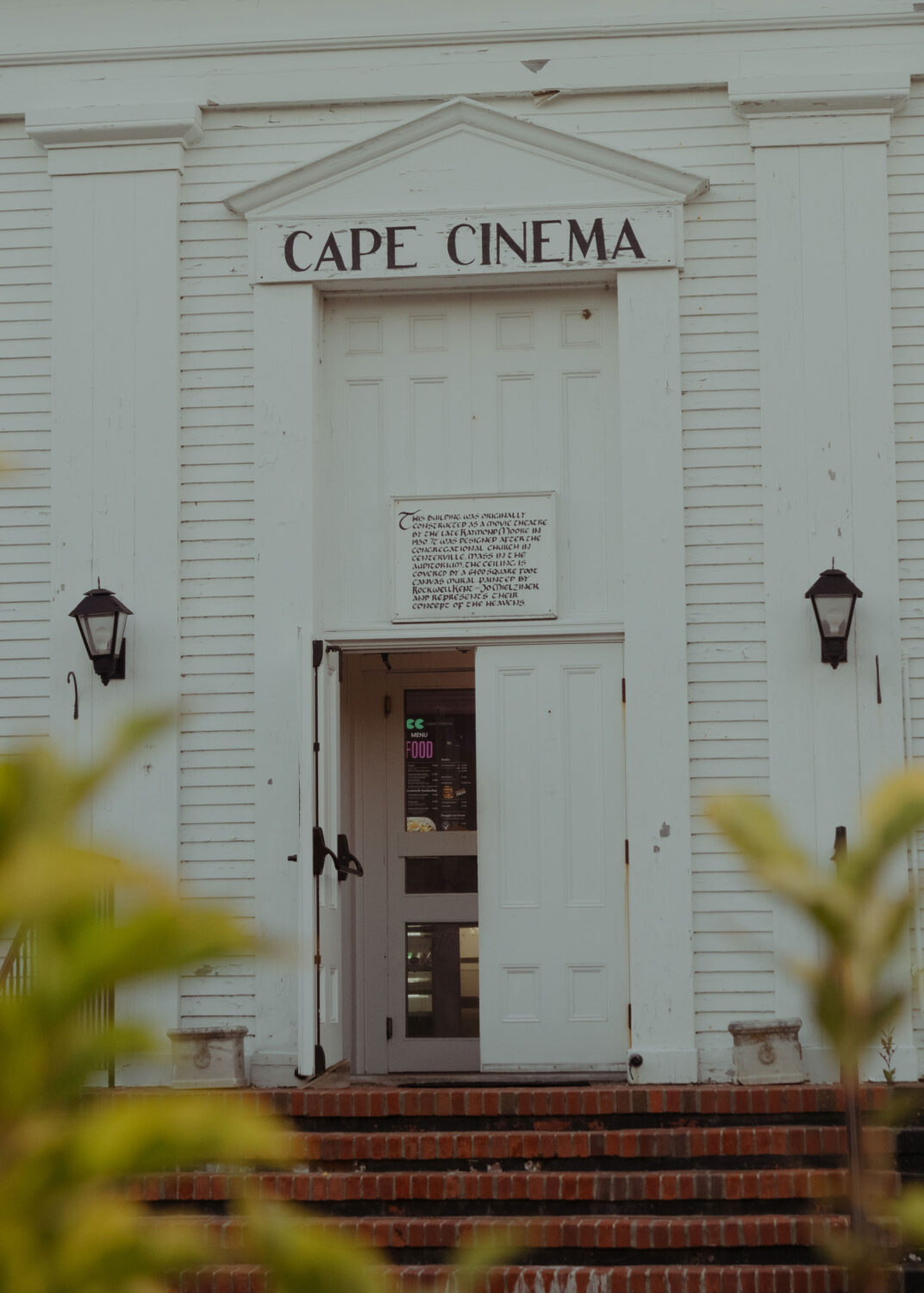
Cape Cinema opened its doors in 1930; a lavishly appointed cinema designed by acclaimed New York Alfred Easton Poor featuring a vast, ceiling-spanning mural by the artist Rockwell Kent. Local teacher Eric Hart purchased the Cape Cinema in 1985 and oversaw its operations for 35 years. Today, the 311-seat cinema is today run as a non-profit by Executive Director Josh Mason, who grew up on the Cape and worked at the cinema as a teenager. After almost a decade working in the film and television industry in California, he returned to Massachusetts and made it his mission to reinvigorate the historic cinema.
Bio Rio, Stockholm
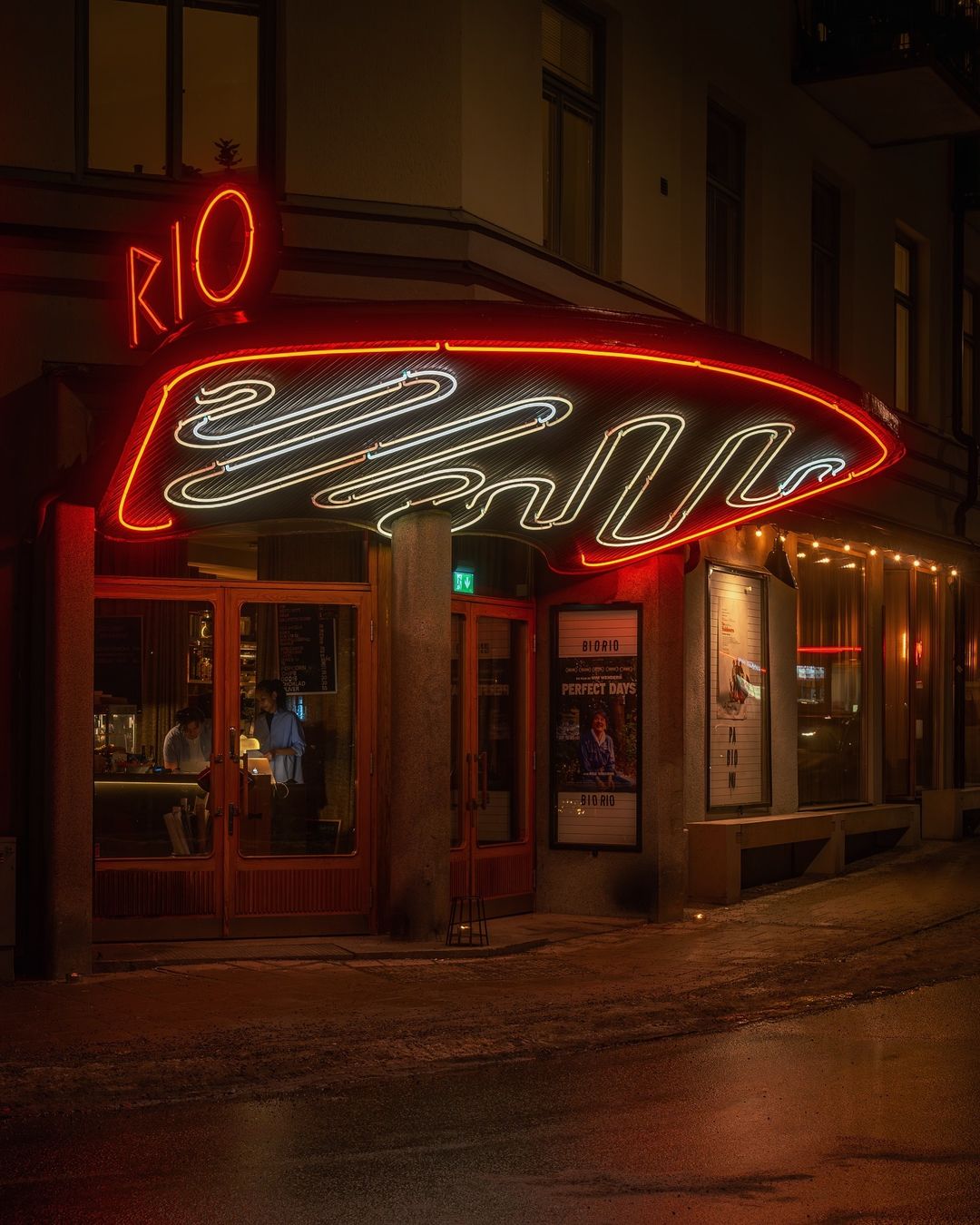
Arthouse cinema Bio Rio is currently one of Stockholm’s few remaining single-screen theatres from the 1940s. It opened its doors in the city’s Hornstull neighbourhood in 1943, with a striking neon facade that was recently restored when a gang of young film enthusiasts took over the cinema – one of which was the young director Tim Erem who has created videos for the likes of Rihanna, Drake and Major Lazer. Their stylish refit of the space involved adding new restaurant RiRi where audiences can stop by before or after a screening to enjoy refined plates of southern European bistro fare.
Filmcasino, Vienna
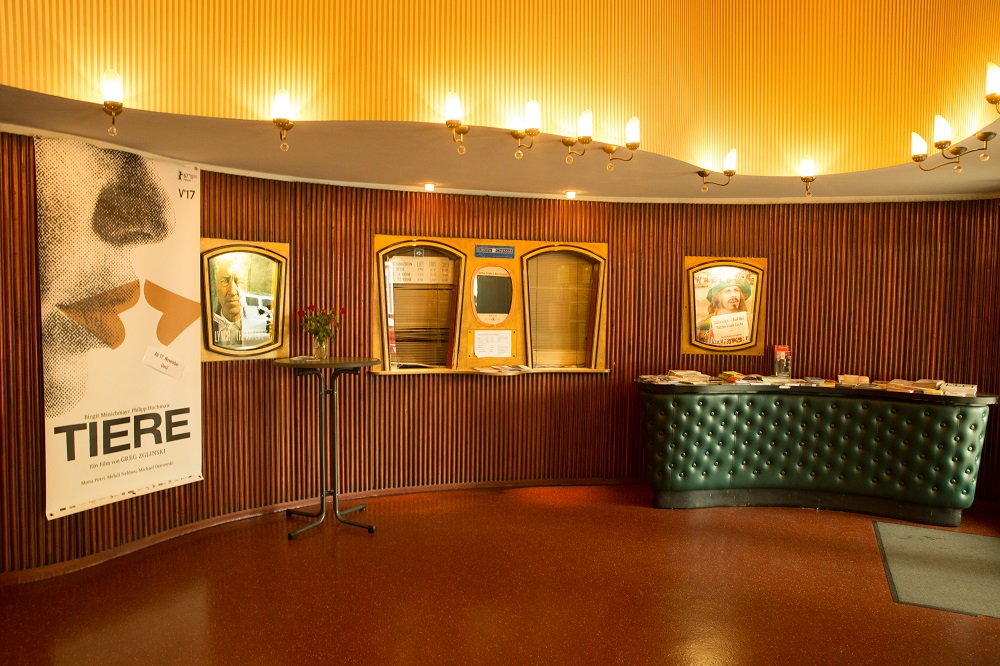
Opened in 1911, Filmcasino is one of Vienna’s oldest cinemas. It underwent a comprehensive refit in the 1950s, and these interiors remain largely intact to this day. It retains a charming retro atmosphere with its neon sign and vintage interiors, offering a nostalgic experience for cinephiles. The single-screen cinema specialises in showing independent, international, and classic films, often in their original languages. Filmcasino also hosts various film festivals, premieres, and special events, making it a vibrant cultural hub in Vienna’s film scene.
Lorne Theatre, Victoria
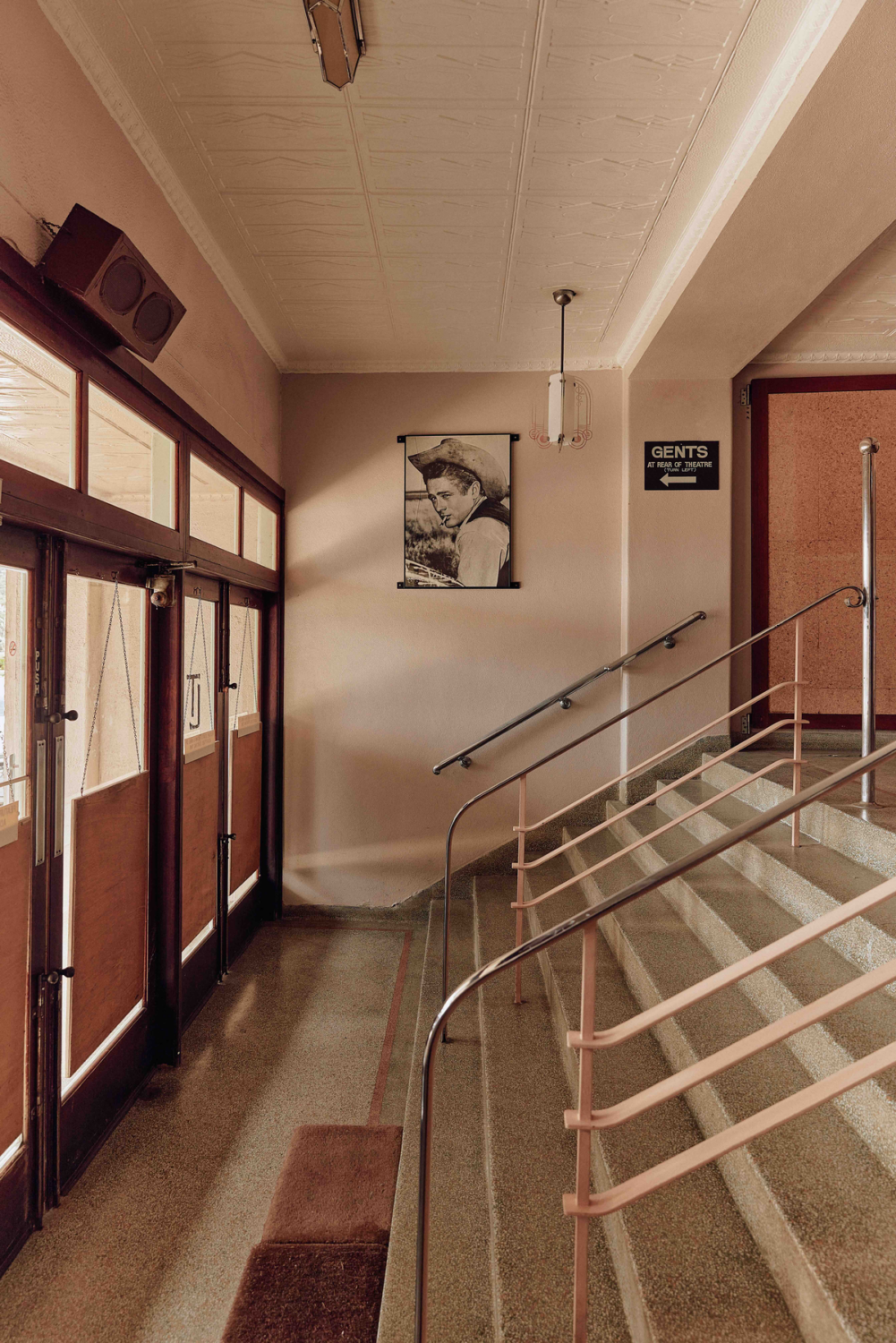
An icon of Victoria’s Surf Coast, Lorne Theatre has been a pillar of this laid-back beachside community since 1937. The cinema was opened when a travelling picture show man went bust and sold his equipment to locals who decided to set up a permanent theatre where they could hold screenings. Behind its striking Art Deco facade lies a 550-seat auditorium that’s now been hosting viewers for almost nine decades. In 2023, three brothers took over the space and have since revamped the cinema’s cultural offering while maintaining its authentic retro charm.
The Castle Cinema, London
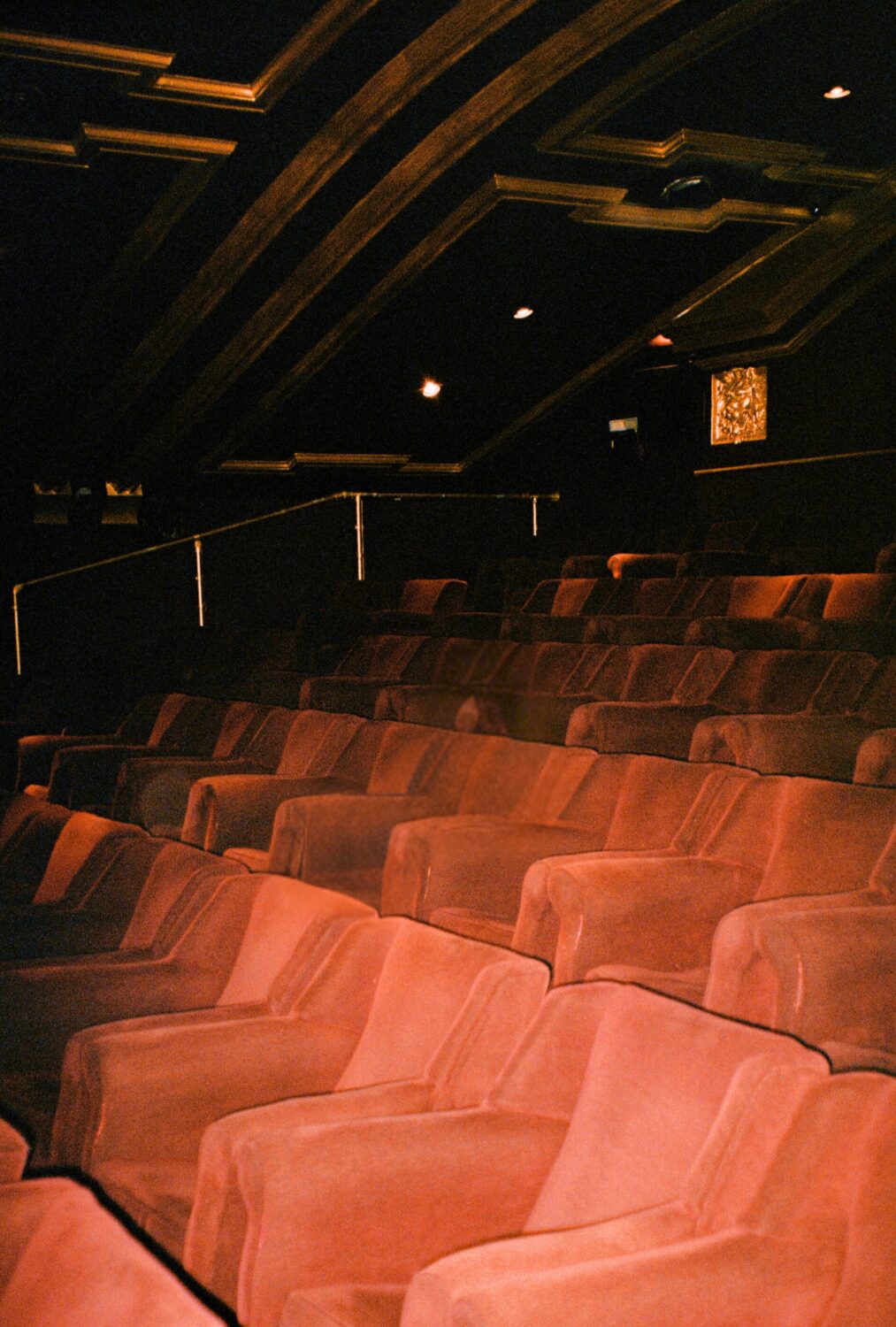
East London’s historic Castle Cinema opened in 1913 and ran as a single-screen theatre until 1958. It then served as a bingo venue, warehouse and snooker hall before being taken over by local film-lovers Ash Charman and Dee Swift who set up a Kickstarter campaign to help fund the cinema’s restoration to its gilded former glory. Today there are two auditoriums, the larger one featuring plush, red velour armchairs for audiences to sink into while they enjoy the Castle’s carefully-curated mix of blockbusters and independent film. There’s also a stylish bar that’s become a popular neighbourhood watering hole.
Feature image: Cinema Galleggiante, Venice. Photo: Riccardo Banfi